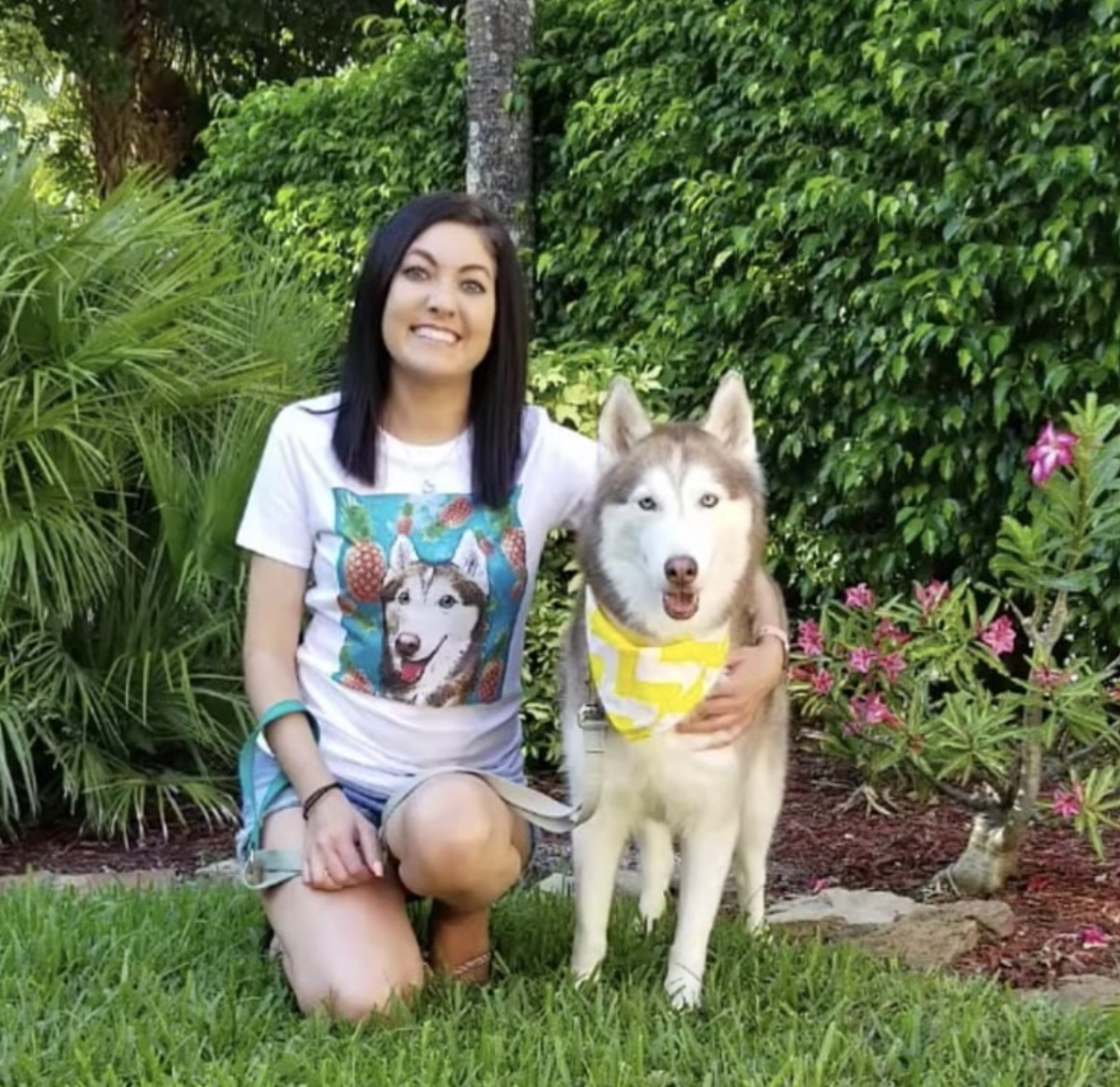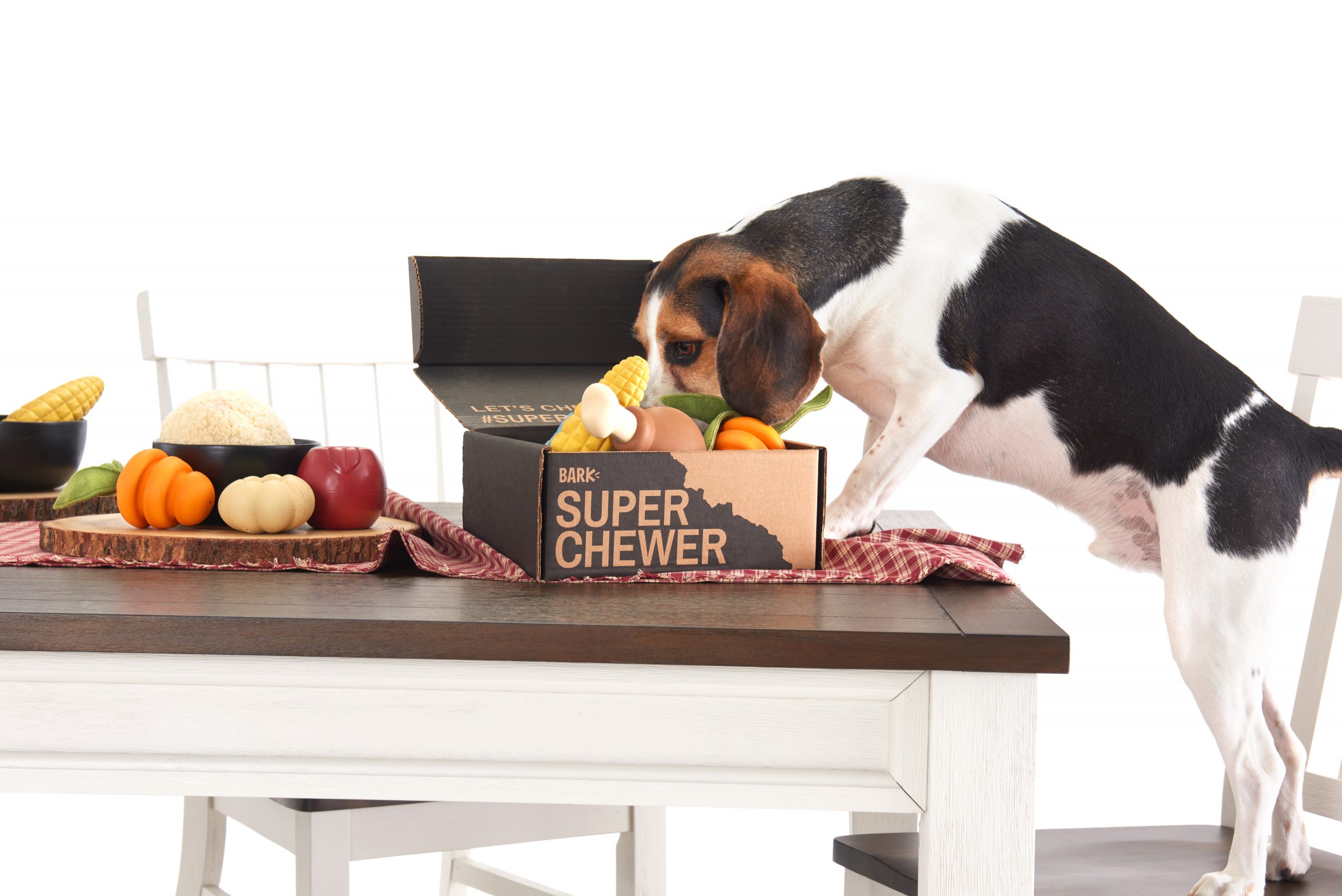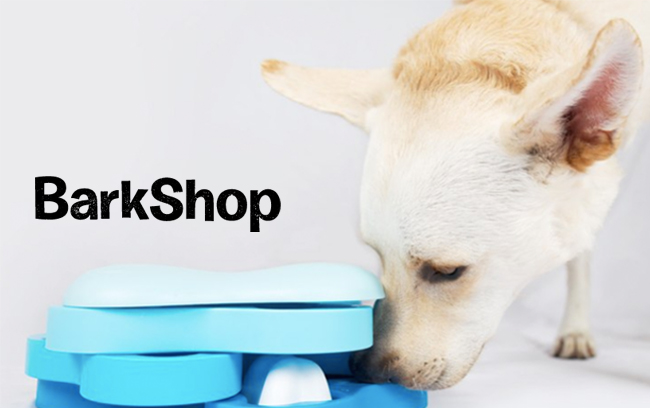For Pups With Short Attention Spans…
Dogs can foam at the mouth for many reasons including intense exercise, stress, illness, dental issues, or even poison, all of which can produce excessive salivation. It’s important to know the common reasons for dogs foaming at the mouth before concluding it is rabies, which is very uncommon.
As dog owners, when you see a dog foam at the mouth, more often than not your mind instantly jumps to one word: rabies. While this is a potential cause of the foam around a dog’s mouth, the chances are pretty slim nowadays that rabies is the culprit, thanks to the mandatory vaccination programs in the United States. In some cases, it could be toad poisoning. If your dog licks or ingests a toad, there will be excessive drooling and foaming around the mouth. In fact, there are a lot of other reasons your dog could be sporting a little foam around those jowls.
Reasons Your Dog Could Be Foaming At The Mouth
1. Intense Physical Activity
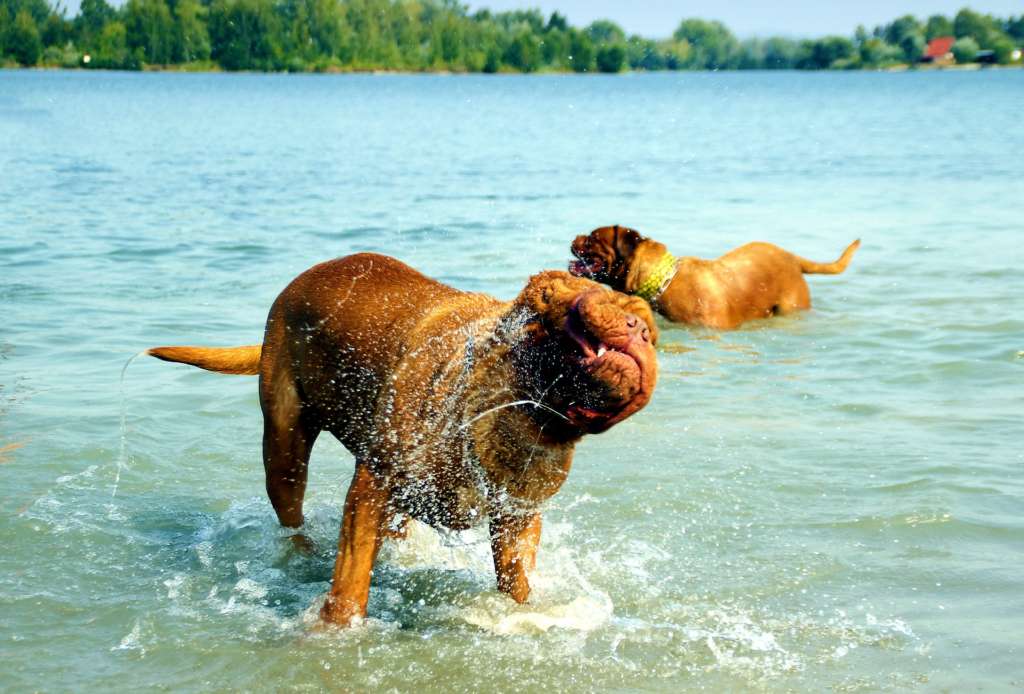

As any dog parent knows, when dogs play hard they tend to salivate excessively. This excess drool, combined with heavy breathing, can cause things to get a little bubbly, giving your dog the appearance of foaming at the mouth. It can be a little yucky, especially if your pup comes over for some kisses, but not hazardous to their health in any way.
2. Stress Or Anxiety
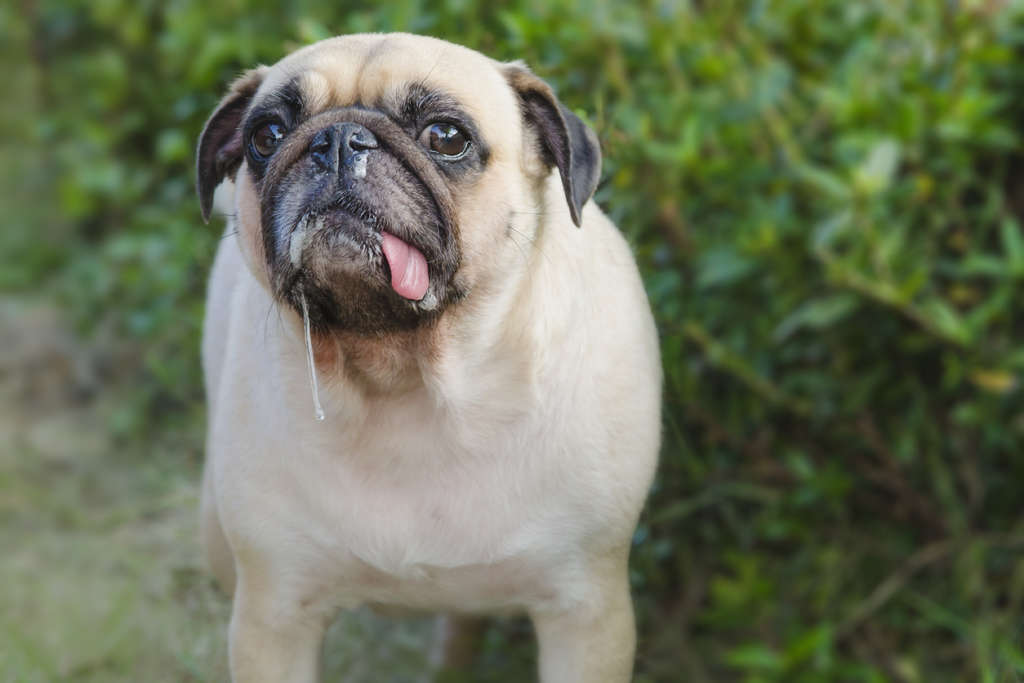

Another potential cause for foaming around the mouth is stress or anxiety. Dogs who are feeling unsettled often begin drooling excessively—drooling is a bodily function triggered by a nervous reaction. Much like when they’re playing, a stressed or anxious dog may begin panting, which, when combined with the drool can cause foaming to occur. Once your pup calms down, the foaming subsides.
3. Illness
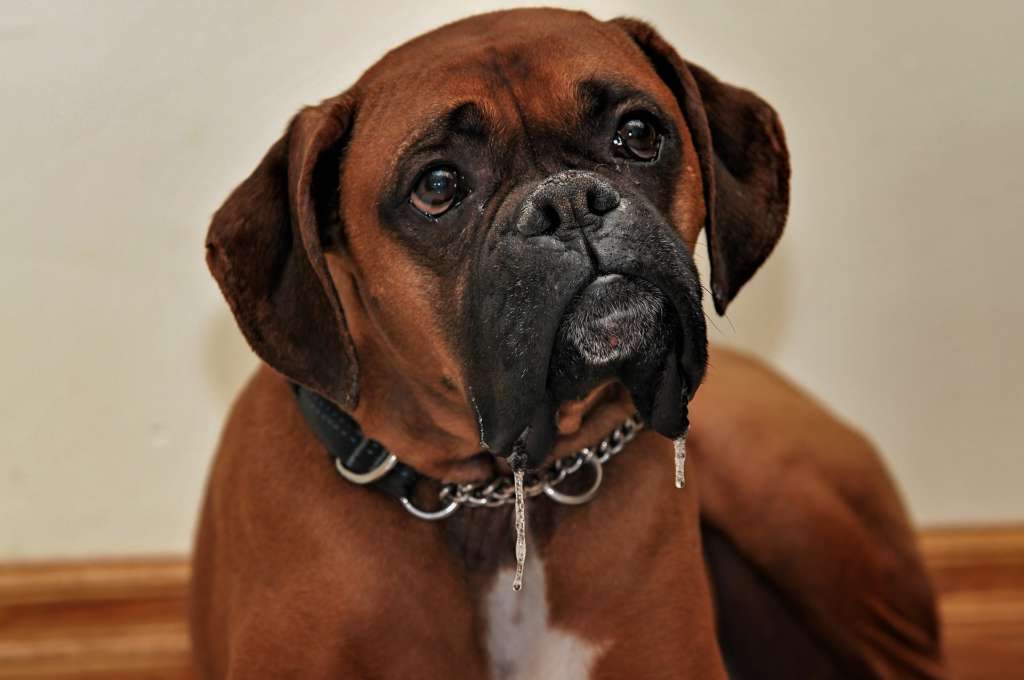

There are wide range of illnesses that can cause foaming at the mouth. On the less serious end of things are stomach aches; if your dog has consumed something with a foul taste that is upsetting their stomach, they will do everything they can to rid it from their body, including spitting and panting.
If the taste won’t go away, or their tummy troubles continue, the combination of panting and drooling will cause foaming around the mouth. As soon as they rid themselves of whatever they ate and are feeling better, the foaming will disappear.
On the more serious end of the spectrum are issues like seizures and rabies. When a dog is having a seizure, it begins to drool and pant excessively, which results in a layer of foam building up around the mouth. In this situation, it’s important that your dog receives immediate veterinary attention to determine the cause of the seizure.
Alternatively, as most of us know, one of the most telling signs of rabies is excessive foaming around the mouth, paired with erratic behavior. If you suspect that the foaming around your dog’s mouth may be caused by rabies, seek emergency veterinary care.
4. Dental Issue
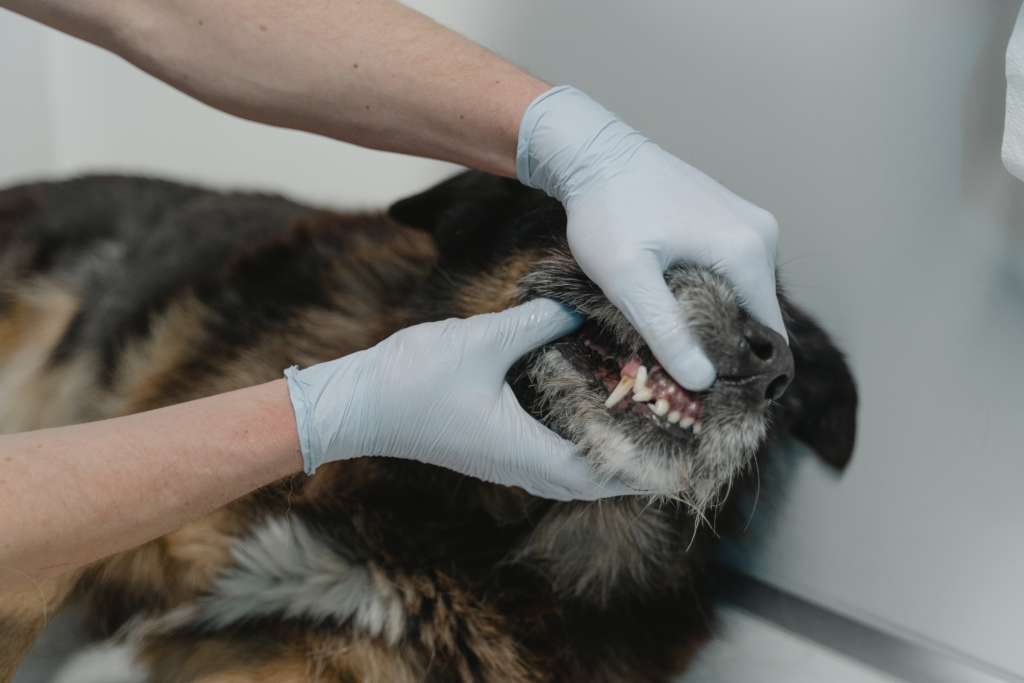

Poor dental hygiene can also be the underlying cause of foam around the mouth. If your dog’s mouth or teeth are in pain from cavities, gingivitis, or other common dog dental problems , they may exhibit excessive panting and salivation. As we know, this combination results in the buildup of thick foamy bubbles. If dental issues are not taken care of in timely matters, your dog may get a dental disease like gum disease.
Related Article: Is BARK Bright Worth It?: Dog Dental Care 101 & The First-Ever Dental System Designed For Dogs
5. Poison
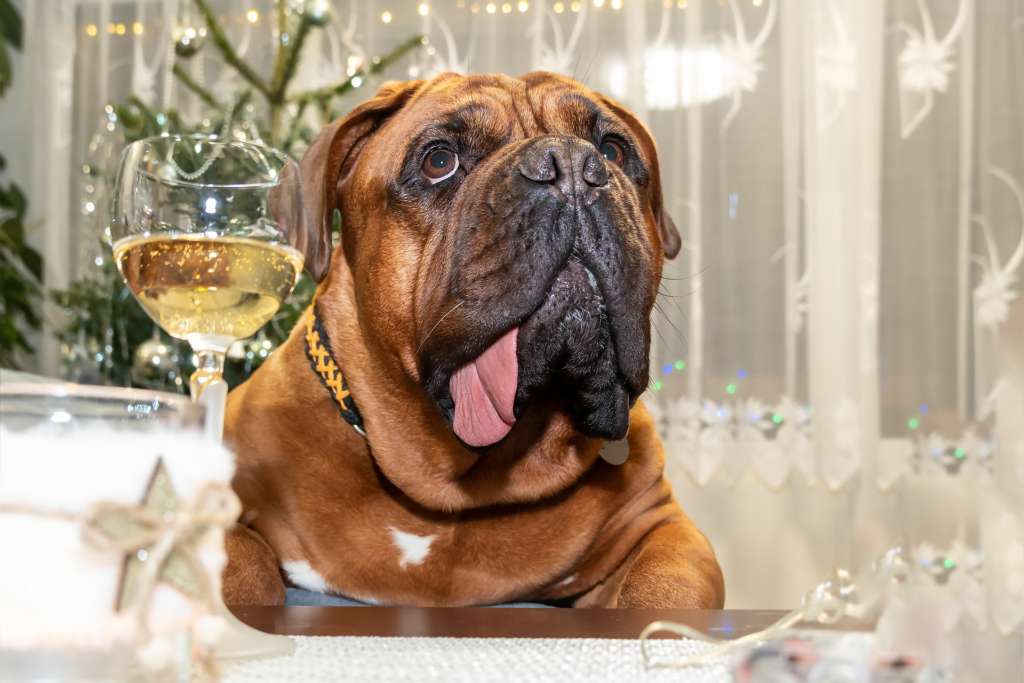

If your dog has ingested any amount of poison, such as poisonous plants, insecticides, or other chemicals, foaming at the mouth may occur as your dog tries to rid it from their body. In some areas of the United States (mostly Florida), poisonous animals like Bufo Toads can also cause this reaction if your dog happens to come in contact with one.
It goes without saying that if you suspect the foaming and excessive saliva you see is caused by the ingestion of poison or contact with a poisonous substance, contact your local pet poison helpline and bring your dog to the nearest emergency veterinary clinic.
6. Difficulty Swallowing
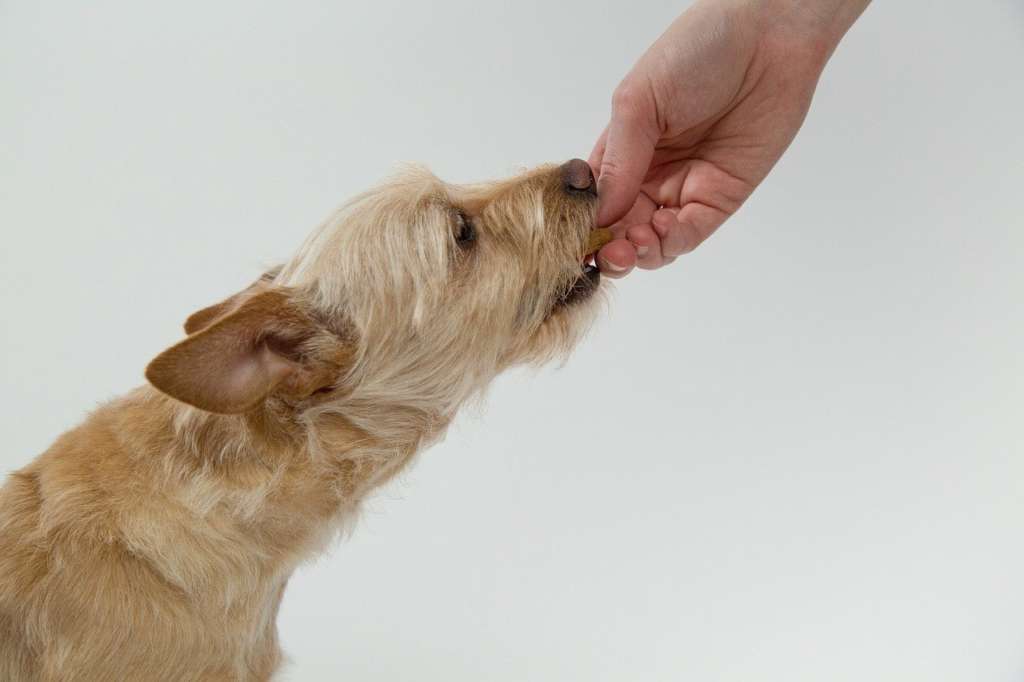

This one can be a little bit tricky for people to identify, but if your dog is having trouble swallowing, they may begin foaming at the mouth. A common cause of this difficulty is that an object, such as a stick or a piece of a toy, may be lodged at the back of their throat or mouth.
In some situations, trouble swallowing can also be paired with difficult breathing. If you suspect that a foreign object is causing your dog’s inability to swallowing, give their mouth a visual inspection to see if you can see the object. If you can safely remove it yourself, do so, but if not, contact your veterinarian immediately.
7. Heat Stress
Heat stress and heat exhaustion can cause heatstroke, so if you feel like your dog is overheating and foaming around its mouth, it may be time to bring your dog indoors and cool them down.
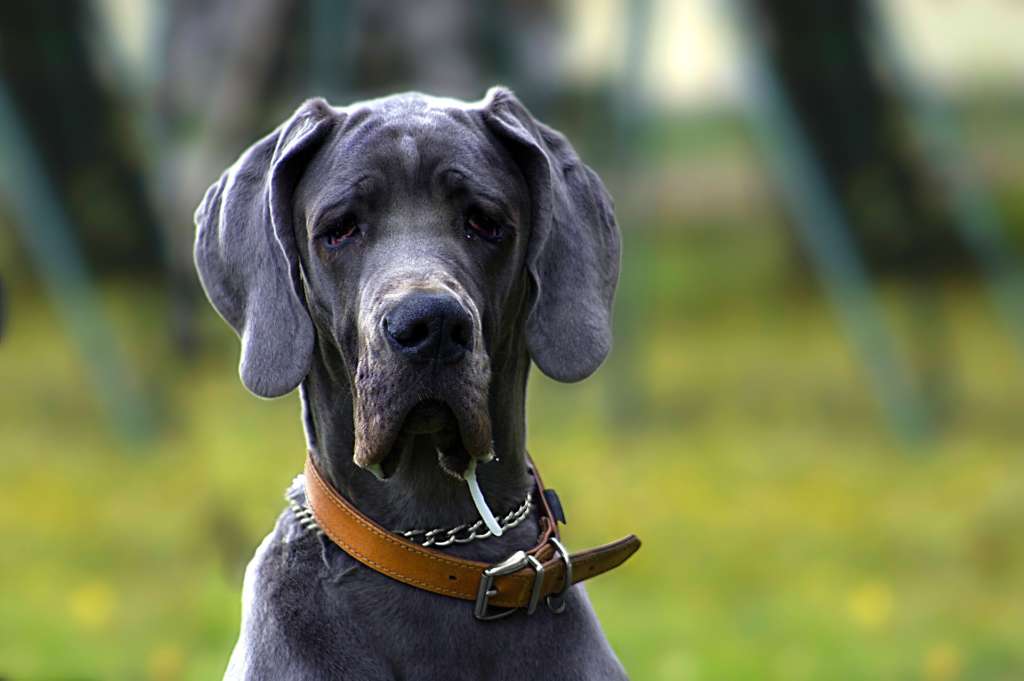

How To Prevent Your Dog From Foaming At The Mouth
There are a number of reasons why dogs foam at the mouth. If you notice some foam buildup around your dog’s mouth, the underlying cause is likely harmless, but it’s still important to be aware of more serious potential triggers.
1. Hydration
Keeping your dog hydrated is one of the most effective ways to prevent your dog from foaming at the mouth. Many causes of foaming such as anxiety, overexertion, and heat stress can be prevented through hydration.
If you’re on the go with your furry pet often, carry around a dog water bottle that you could use to hydrate your dog regularly.
2. Dental Care
Like humans, dogs also need to be taken care of in terms of oral and dental hygiene. Invest in proper and healthy dental care by using a pet-friendly toothpaste and brush! Book appointments throughout the year with a vet to get your dog’s teeth checked.
3. Diet
A healthy diet results in good health. Make sure that your dog food is not the cause of your dog’s health issue. A nutritionally balanced diet can easily avoid health concerns that could cause foaming around its mouth.
There are a number of reasons why dogs foam at the mouth. If you notice some foam buildup around your dog’s mouth, the underlying cause is likely harmless, but it’s still important to be aware of more serious potential triggers. Other than the reasons and preventive measures listed above, it’s important to be aware of your dog’s health. At times of doubt about any symptom your dog is displaying, make sure to receive veterinary attention before it’s too late.
Sources:
- “Bufo Toad Poisoning.” Veterinary Specialty Hospital, 21 Sept. 2016, https://www.vshpalmbeach.com/bufo-toad-poisoning/
- Burke, Anna. “Dog Seizures: What to Do When Your Pup Has One.” American Kennel Club, American Kennel Club, 22 Mar. 2021, https://www.akc.org/expert-advice/health/dog-seizures-what-to-do/
- “Common Dog Dental Problems.” VCA Hospitals, https://vcahospitals.com/know-your-pet/dog-care/promoting-wellness/common-dog-dental-problems
- “Domestic Animals.” Centers for Disease Control and Prevention, Centers for Disease Control and Prevention, 6 Apr. 2020, https://www.cdc.gov/rabies/location/usa/surveillance/domestic_animals.html
- Flowers, Amy. “10 Dog Poisons: Plants, Foods, Medicines, and More.” WebMD, WebMD, 8 May 2021, https://pets.webmd.com/dogs/guide/top-10-dog-poisons#1
- Hammett, Emma. “Choking Dog: First Aid for Pets: What to Do: Help Your Dog.” First Aid for Pets, 5 Feb. 2021, https://firstaidforpets.net/choking-dog-help/
- “Swallowing Difficulties in Dogs.” PetMD, PetMD, 8 Apr. 2016, https://www.petmd.com/dog/conditions/mouth/c_dg_difficulty_swallowing
- Weir, Malcolm. “Signs Your Dog Is Stressed and How to Relieve It.” VCA Hospitals, https://vcahospitals.com/know-your-pet/signs-your-dog-is-stressed-and-how-to-relieve-it

